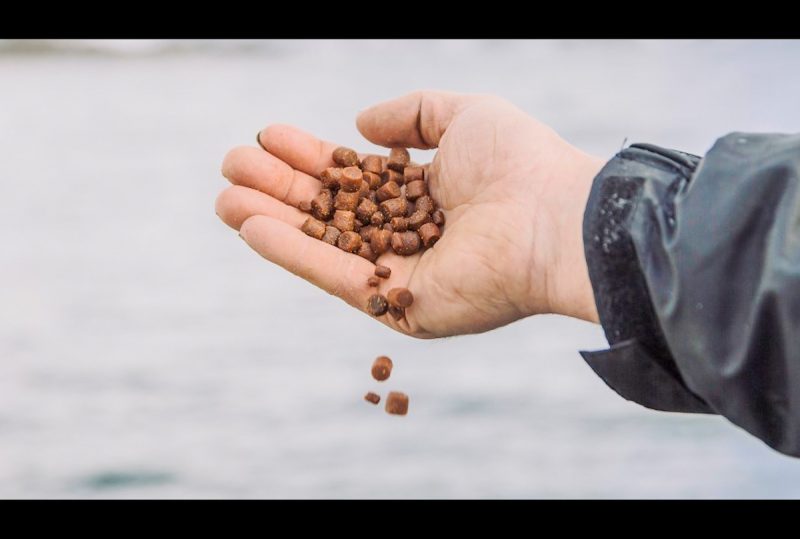Feed for thought on the future of food from the sea
Aquaculture industry has made steady progress in using insects and vegetables instead of wild fish as food for farmed fish.
By Fabian Dawson
SeaWestNews
The aquaculture industry has begun to make tremendous strides in finding alternatives to marine ingredients and developing feeds that provide adequate nutrition for the growth of fish and crustaceans, says a new report by a panel of global fisheries scientists.
The researchers behind the report, entitled ‘The Future of Food from the Sea’ believe that aquaculture can grow sharply if the industry uses insects and vegetables instead of wild fish as food for farmed fish.
It is authored by a global collective of scientists in support of the High Level Panel – a group of 14 heads of government, including Prime Minister Justin Trudeau, who have come together to champion real progress towards a sustainable ocean economy.
The replacement of fish meal and fish oil (FM/FO) with non-fish ingredients, such as land-based proteins, plant and animal by-products, and microbial products, has reduced the reliance of aquaculture feed on fish from capture fisheries, the panel states.
‘Fish in, fish out’ (FIFO) ratios, which describe the amount of capture fishery landings required to produce a unit of farmed fish, are expected to continue to decline as alternative sources of protein continue to be developed.
“For example, fishmeal and fish oil inclusion rates in Atlantic salmon diets have dropped by 41 percent and 8 percent respectively, and some salmon can now be bred to be completely vegetarian,” the report said.
The report cautioned: “While this movement away from targeting wild capture fish as inputs to aquaculture feed is promising in that it would generate more wild food from the sea, there are important technological, nutritional and economic constraints to FM/FO substitution and many substitutes being explored are currently too expensive to incorporate in large-scale production”
SeaChoice, a sustainable seafood partnership with the David Suzuki Foundation, Ecology Action Centre, and Living Oceans Society also states that the aquaculture industry has made steady progress in reducing its reliance on wild fish.
“For example, fish conversion ratios for producing 1kg of farmed Atlantic salmon have progressed from requiring 7.2kg of wild fish oil in 1990, to 1.5kg in 2013, and from 4.4 to 0.7 for wild fish meal.
“This encouraging trend can be attributed to feed manufacturers investing in the development of alternative feed ingredients such as insects, soy, grains, yeast, other plant proteins, single-cell proteins, algae and by-products from seafood and livestock processing,” states SeaChoice
In British Columbia, the industry’s efforts to prioritise sustainable feed ingredients combined with efficient feeding techniques has resulted in farmed salmon now requiring as little as 1.15 – 1.2 kg of feed to gain 1 kg of body weight.
This feed conversion ratio (FCR) has improved over three-fold since 1990 making farmed fish now the most resource-efficient animal protein on the planet.
– Photo: Marius Fiskum/Norwegian Seafood Council

